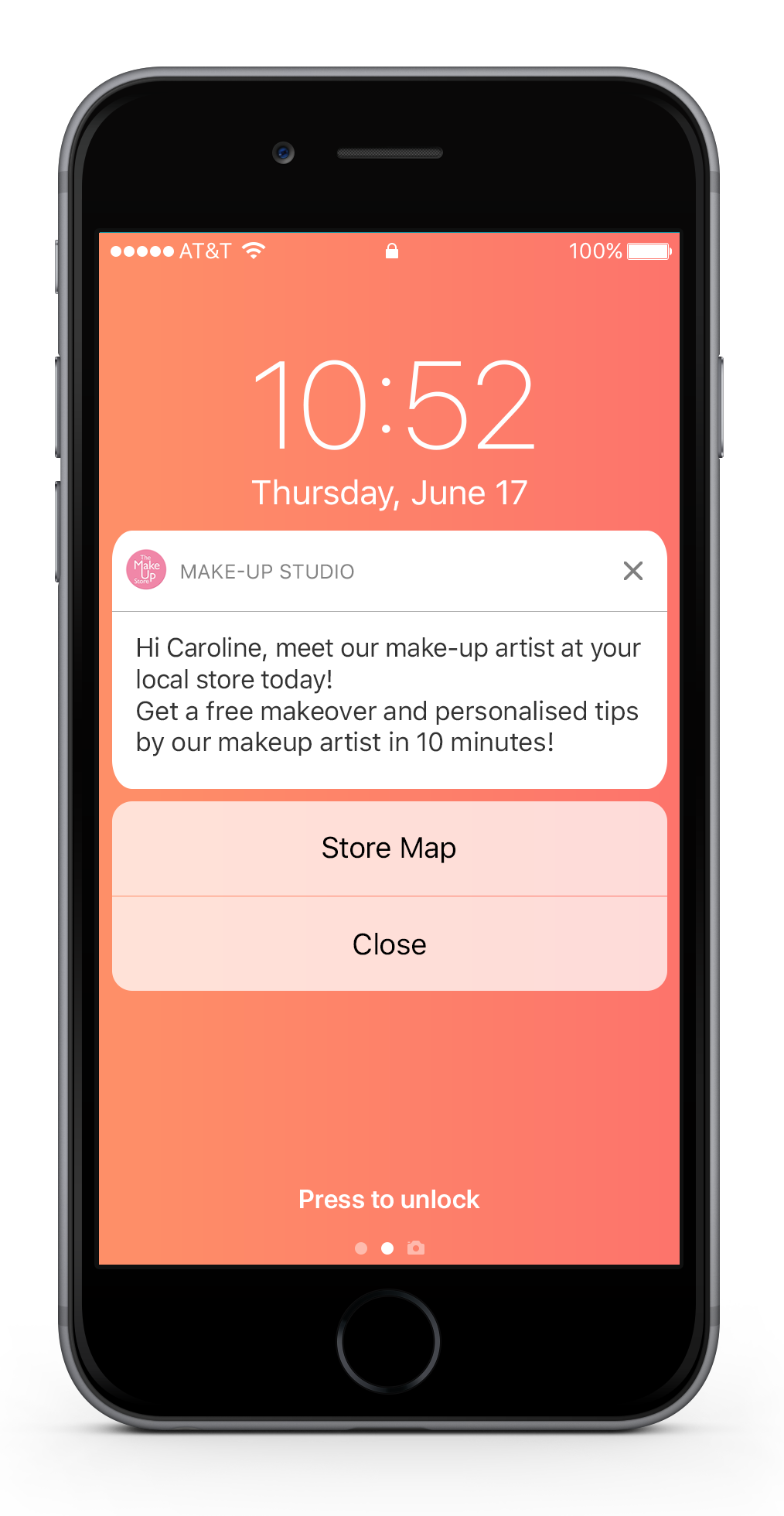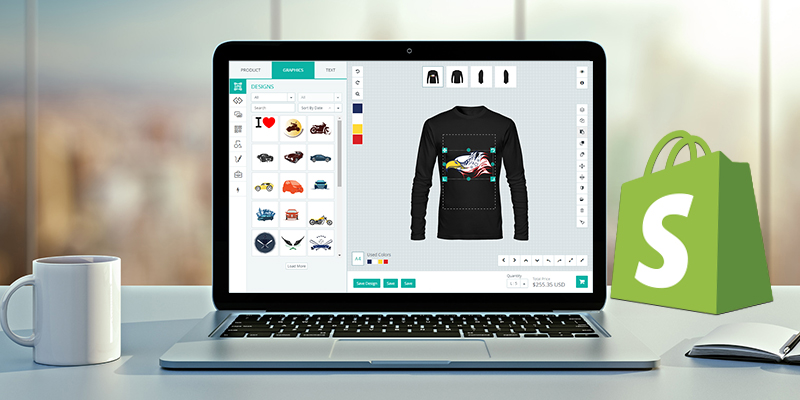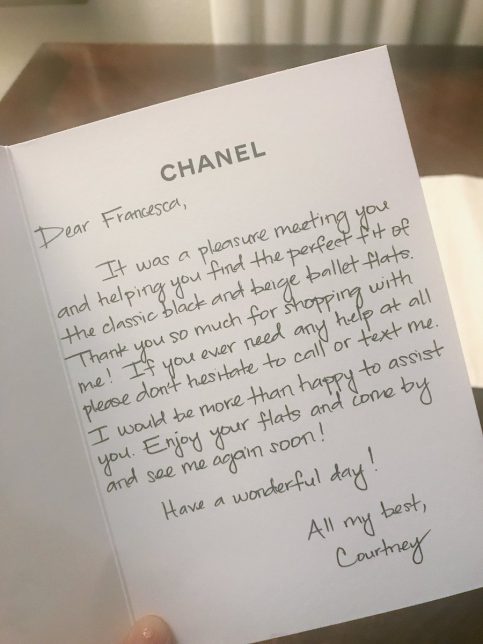As today’s retail industry is becoming more clustered, shoppers and businesses are looking for a way to differentiate themselves. Due to the oversaturation of mass-produced goods, personalized products and services are hence emerging on the surface as a more mainstream, well-liked preference. Leaning towards individuality, shoppers find one-of-a-kind products distinctively attractive as that means having something that nobody else has.
The preference for personalization is also beneficial for brands as 1 in 4 consumers are willing to pay more for it, and 48 percent are willing to wait longer for a unique product or service.
This statistic is nothing new for retailers, who have increasingly started integrating custom-fit features: from sending personalized messages to offering product customization, companies worldwide are putting their resources to create a personalized experience that can in turn increase loyalty, generate ROI, and drive more leads.
Moreover, as the rise of technology makes data gathering easier than ever, one would assume big players are doing a great job in adjusting products to personal needs. Unfortunately, data shows otherwise, as only 31 percent of customers are happy with the level of personalisation they receive.
If brands are working hard to accomplish personalization, why do shoppers feel otherwise? Here are some common mistakes retailers make that frustrate customers:
Crossing the privacy line
Today’s consumers want a personalized experience, but data privacy is still one of their biggest concerns. Although many are willing to offer more data for the right fit, brands should still seek to find the right balance.
For example, brands are accustomed to target their audience and influence the shopping experience through advertisements, pop-ups, personal recommendations, and much more. They even go so far as to send mobile notifications when customers walk by the store, tempting them to go inside. Even though this is an example of personalization, some findings show that customers can feel uncomfortable with this act as it invades their privacy too much. Besides this frustration, other findings emphasize the shopper’s desire to remain anonymous, and according to the Reality of Retail report, 84 percent of shoppers also do not want staff to greet them by their names.

Although these statistics might be a surprise to many, customer’s hesitance is understandable. As so much emphasis is put on the need for personalization, some brands are trying to adopt it too quickly, creating features that might not work with their audience.
Stop targeting the wrong shoppers
Next to privacy invasion, more than a third of customers find it frustrating when they receive information about irrelevant products. In addition, 34 percent dislike getting offers of already purchased items, while 31 percent are annoyed when brands fail to recognize them as an existing customer.
As many brands still do not have access to a fully developed technology that will allow them to recognize the right consumers, they bombard shoppers with irrelevant offers, causing frustration. Luckily, there are several ways retailers can provide a personalized experience that meets the needs of the shoppers:
Talk to customers in-store
According to RetailDive, a majority of shoppers have already conducted product research before entering the store, and have likely set their mind on what they are going to buy. Thus, retailers should focus on providing real-time, personalized recommendations and product information during the customer’s journey in-store, instead of luring them with notifications when they pass by the stores.
In addition, McKinsey’s research found that consumers prefer communicating with brands when they are in shopping mode, making the bridge between the digital and physical channels highly welcome. Hence, if retailers give staff enough information about the shoppers - such as the categories they browse or the products they look for, they can approach the customers in store with curated personal advice.
Customisation next to personalization
Instead of trying to create a personalized experience for your shoppers, you can let them customize a product by themselves. In this way, you will create an engaging experience and allow customers to create a product exactly as they want it. Eyewear brand Dresden, for example, lets its customers create their pair of glasses choosing from a variety of frame styles and color combinations. Besides smaller brands, big players such as Adidas and Nike are also experimenting with this tactic with their custom-designed shoes.

Old school is still cool
Although technology allows you to get enough data to personalize shopper’s experience, using an old school approach as Chanel did with their handwritten thank you notes will bring personalization to the next level.

Another interesting strategy brands started implementing is to build a customer’s profile while in-store. At the luxury skincare brand Aesop, employees help shoppers find the right products after which they ask for personal questions to build a profile for future reference.
These examples show that although personalization has been popular among customers and brands and is here to stay, we are witnessing the need for its transformation. With the increasing concerns over data privacy and the end of mobile phones as the centerpiece of personalization, retailers must adopt a real-time, customized approach.
Are you curious to learn more? Through our integrated decision-making platform at StoreDNA, we help you deliver dramatically improved performance through better product assortments, store layouts, visual merchandising, and associate optimization. Learn more here.